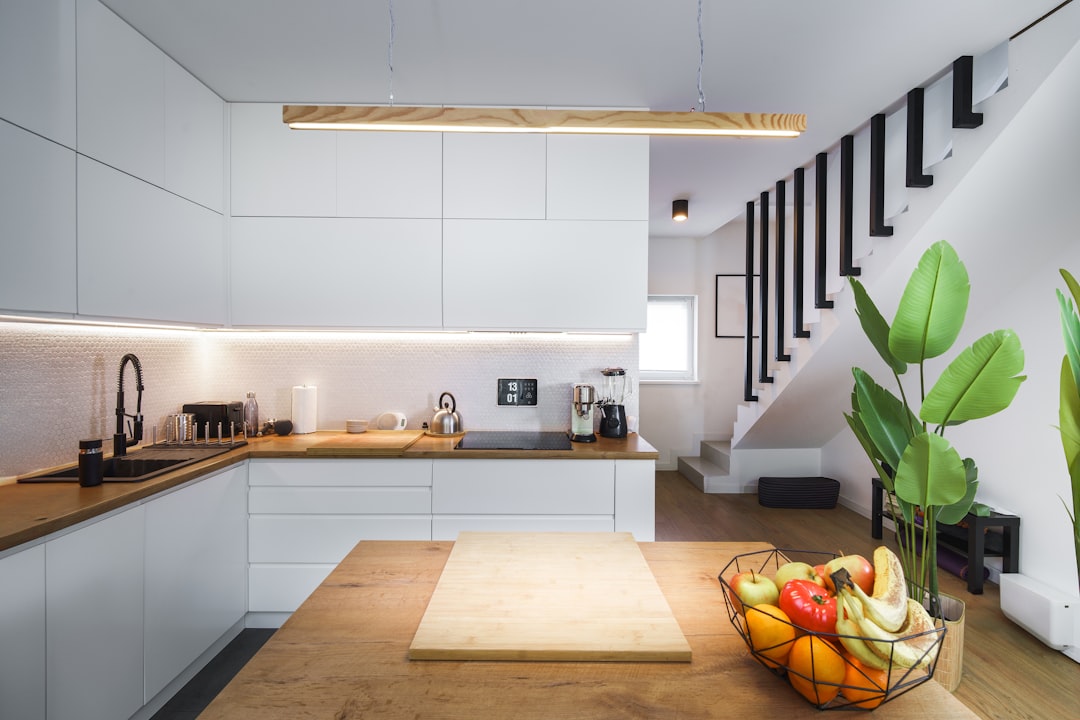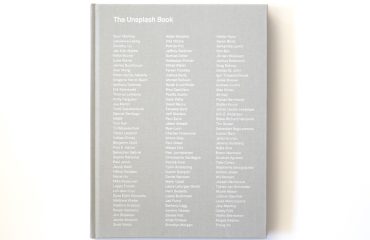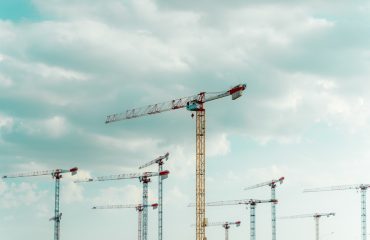Steel construction is rapidly gaining popularity in residential architecture, offering a unique blend of strength, durability, and design flexibility. Gone are the days when steel homes were associated solely with industrial aesthetics. Today, innovative designs showcase steel’s versatility, creating stunning and sustainable homes that defy conventional expectations.
1. The Structural Advantages of Steel Frame Homes
Steel’s inherent strength is a game-changer in home construction. A steel frame is significantly lighter than traditional wood or concrete frames, allowing for larger spans and more open floor plans. This translates to expansive living spaces with fewer load-bearing walls, maximizing natural light and creating a sense of airy spaciousness. Furthermore, steel is incredibly resistant to pests, rot, and fire, offering superior longevity and peace of mind. Its precise engineering capabilities lead to minimal waste during construction, contributing to a more sustainable building process. The speed of construction is also significantly faster compared to traditional methods, reducing overall project timelines and costs. Finally, steel’s resilience makes it an excellent choice for areas prone to seismic activity or extreme weather conditions, offering superior protection against natural disasters.
2. Aesthetic Versatility: Design Styles for Steel Homes
Contrary to popular belief, steel homes aren’t limited to a single aesthetic. The material’s malleability allows for a wide range of design styles. Modern minimalist homes often feature sleek, exposed steel beams and columns, creating an industrial-chic look. Conversely, steel can be seamlessly integrated into traditional designs, providing a robust framework while allowing for the use of traditional cladding materials like brick, stone, or wood siding. The ability to customize the exterior finish allows for a unique expression of personal style, whether it’s a rustic farmhouse, a contemporary masterpiece, or a sleek, futuristic dwelling. The possibilities are virtually endless, limited only by the architect’s imagination.
3. Sustainable Steel: Eco-Friendly Considerations
Steel’s sustainability credentials are often overlooked. While the manufacturing process requires energy, steel is infinitely recyclable, making it a highly sustainable building material in the long run. The reduced construction time associated with steel framing also leads to lower carbon emissions compared to traditional methods. Furthermore, the durability of steel homes translates to a longer lifespan, minimizing the need for frequent repairs or replacements. Incorporating energy-efficient features like high-performance insulation and solar panels further enhances the sustainability of steel homes, contributing to a lower environmental footprint. Choosing locally sourced steel can further reduce the carbon emissions associated with transportation.
4. Interior Design and Space Optimization in Steel Homes
The open floor plans facilitated by steel framing offer incredible opportunities for interior design. The absence of load-bearing walls allows for creative space planning, enabling the seamless flow of light and creating a sense of spaciousness. Large windows can be incorporated to maximize natural light, further enhancing the sense of openness. The clean lines of steel framing provide a versatile backdrop for various interior design styles, from minimalist to eclectic. The high ceilings often found in steel homes add to the grandeur and allow for the incorporation of dramatic lighting features. Clever use of built-in storage can further optimize space, maximizing functionality in these often expansive homes.
5. Cost-Effectiveness and Long-Term Value of Steel Home Construction
While the initial cost of steel home construction might seem higher than traditional methods, the long-term benefits often outweigh the upfront investment. The durability and resilience of steel translate to lower maintenance costs over the lifespan of the home. The faster construction time can also lead to significant cost savings. The reduced need for repairs and replacements, coupled with the increased property value associated with a durable and sustainable home, makes steel construction a worthwhile investment. Furthermore, the potential for energy savings through energy-efficient design and construction further enhances the cost-effectiveness of steel homes in the long run. The increased insurance value due to the enhanced fire and storm resistance is another significant advantage.
Steel home design offers a compelling blend of modern aesthetics, structural integrity, and sustainability. With its versatility and adaptability, steel is poised to shape the future of residential architecture, offering homeowners a unique and enduring living experience.
Tags:
- Steel Home Design
- Steel House Construction
- Modern Steel Homes
- Sustainable Steel Buildings
- Steel Frame Homes




